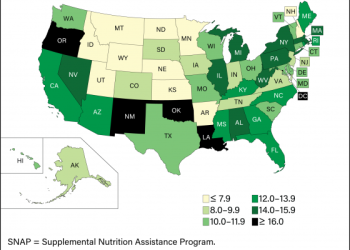The 2024 election landscape has dramatically shifted in just a month, with Joe Biden dropping out and Kamala Harris stepping in as the Democratic nominee. Despite this change, Donald Trump remains in a strong position, maintaining a solid lead in national polling. This analysis will break down the current electoral map and explain why Trump is favored to win, even with the new dynamics in play.
Trump’s Solid States: A Strong Foundation
Donald Trump’s path to victory begins with a solid base of states that he is expected to win by comfortable margins. These states, including Utah, Wyoming, and most of the Midwest, have consistently supported Trump in previous elections, and nothing has changed to suggest they will do otherwise in 2024. Additionally, Trump’s strength in Iowa and Ohio, bolstered by the influence of his running mate, JD Vance, further solidifies his position in these crucial battlegrounds. With these states locked in, Trump starts with a formidable 149 electoral votes.
Kamala Harris Faces Challenges in Historically Blue States
Kamala Harris, on the other hand, faces an uphill battle in states that have been reliable for Democrats in the past. While she is expected to win in deep blue states like California and New York, the margins are not as wide as they were for Biden in previous elections. Scandals and unpopular leadership in states like New York and New Jersey have eroded Democratic trust, making these states less secure for Harris. This leaves her with 196 electoral votes after accounting for likely wins.
The Likely States: Trump’s Expanding Reach
Trump’s advantage extends into states that, while not as solid as his base, are likely to swing in his favor. Texas and Florida, with their significant electoral votes, are expected to stay red. Texas has remained a reliable Republican state despite Democratic efforts, and Florida, once a battleground, has shifted firmly into Trump’s column, reflecting the changing political landscape in the Sunshine State. These likely wins push Trump’s total to 219 electoral votes, putting him within striking distance of victory.
The Most Competitive States: Trump’s Edge in the Rust Belt
The key to winning the 2024 election lies in the competitive states, particularly in the Rust Belt. Wisconsin, Michigan, and Pennsylvania are pivotal, and Trump is well-positioned in all three. Polling indicates a slight lead for Trump in Wisconsin, where his performance in 2016 was stronger than Biden’s in 2020. In Pennsylvania and Michigan, the race is tighter, but Trump’s appeal to working-class voters and the declining popularity of the Democratic Party in these states give him an edge.
Kamala Harris, by contrast, struggles to gain traction in these critical battlegrounds. Her performance is not expected to match Biden’s in 2020, and the Democratic Party’s struggles with messaging and leadership are likely to cost her dearly in these states. If Trump can secure wins in just one or two of these states, his path to 270 electoral votes becomes clear.
Conclusion
As it stands, Donald Trump is on track to win the 2024 election with 313 electoral votes, leaving Kamala Harris with 225. Harris’s campaign is facing significant challenges, from internal party issues to eroding support in key states, making her the weakest Democratic nominee since Michael Dukakis in 1988. For Trump supporters, this is an encouraging sign that their candidate is well-positioned to win another term in office, despite the tumultuous political environment.
With just a few months until the election, the stakes are high, and the outcome will depend on how these remaining competitive states play out. However, if current trends continue, Donald Trump is poised to emerge victorious once again.





















